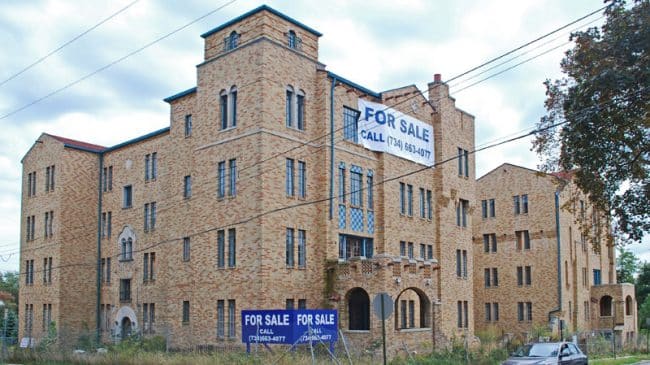The construction of new homes in the United States faces a mountain of government imposed costs that just got a little bit higher when the Trump administration recently decided to impose a 24% tariff on Canadian timber, a material commonly used in the construction of new homes in the United States. The move has already spiked futures in the timber market by 20%.
My Reason Foundation colleagues have written about the regulatory restrictions and fees that local governments place on the construction of new housing, which has placed upward pressure on housing costs, even rendering “affordable” housing as essentially non-existent in many cities in the United States. There is little disagreement that local governments are the main source of increasing supply costs (for example see here, here, and here).
Notably, this time it is the federal government that is increasing the cost of housing. As is the case so many times when government intervenes in markets, the stated rationale for the tariff on materials is to protect a domestic industry. U.S. timber producers claim that a subsidy for Canadian timber exports undercuts American prices, thus reducing profits. Right on time to deliver justice, the Trump administration slapped a tariff on Canadian timber imports to level the playing field.
What has been lost in the discussion about being “business friendly” is the timeless principle that free trade without restrictions is what makes us wealthier. Scientist Matt Ridley beautifully lays out in “The Rational Optimist” how increasing voluntary and frictionless trade has evolved human prosperity over thousands of years. The tariff on Canadian lumber is undoubtedly a jolt in the opposite direction of free trade, and preventing suppliers from meeting consumers hurts both parties by denying transactions that would otherwise be occurring voluntarily sans government. When the cost of supplying something increases, the price increases and the supply of it decreases – an economics 101 principle that apparently escapes federal policymakers.
Affordable housing goals will never be met until government unwinds the laws and taxes that inhibit the supply of housing. Government has now wiggled its way between consumers and suppliers on multiple levels in one of our most basic needs as humans—the need for shelter—with flimsy justifications. Local governments claim their policies are protecting against congestion and disorderly development, while the federal government claims to be protecting timber suppliers through their ill-advised tariff.
So who exactly is left protecting housing consumers? It certainly is not the government. Affordable housing will continue to be an issue in this country until the federal, state, and local governments prioritize a freer connection of supply with demand on all levels.
